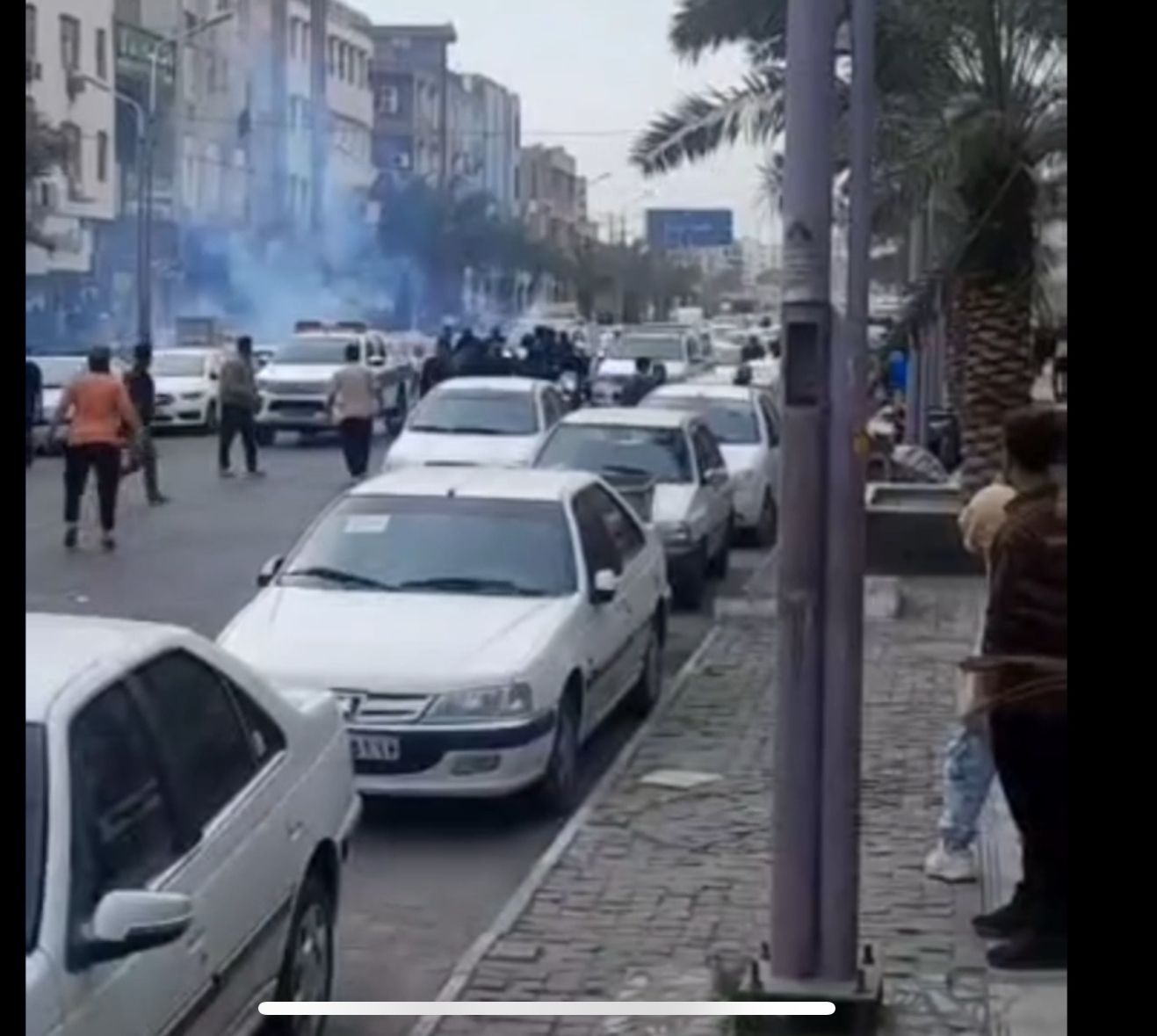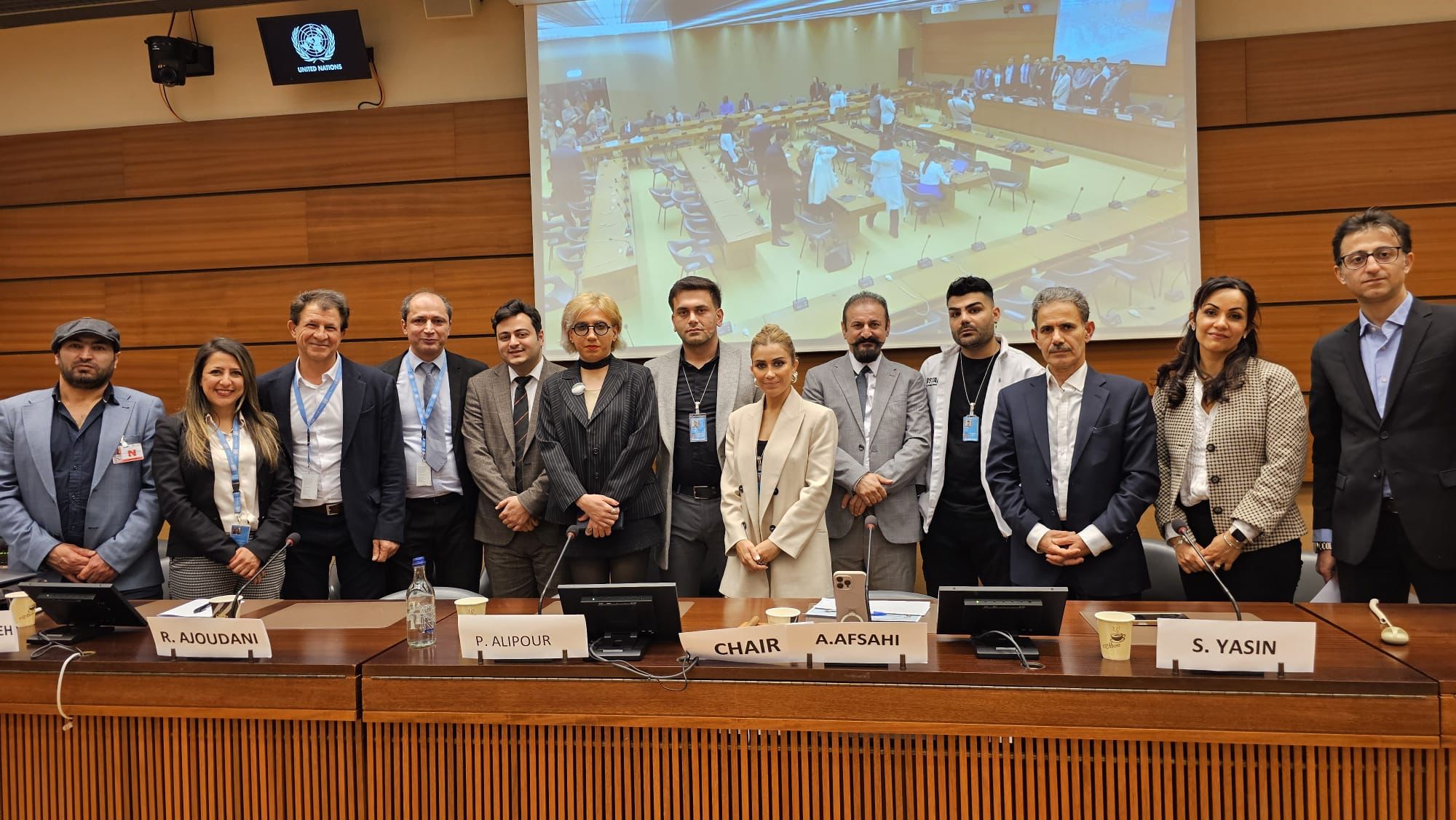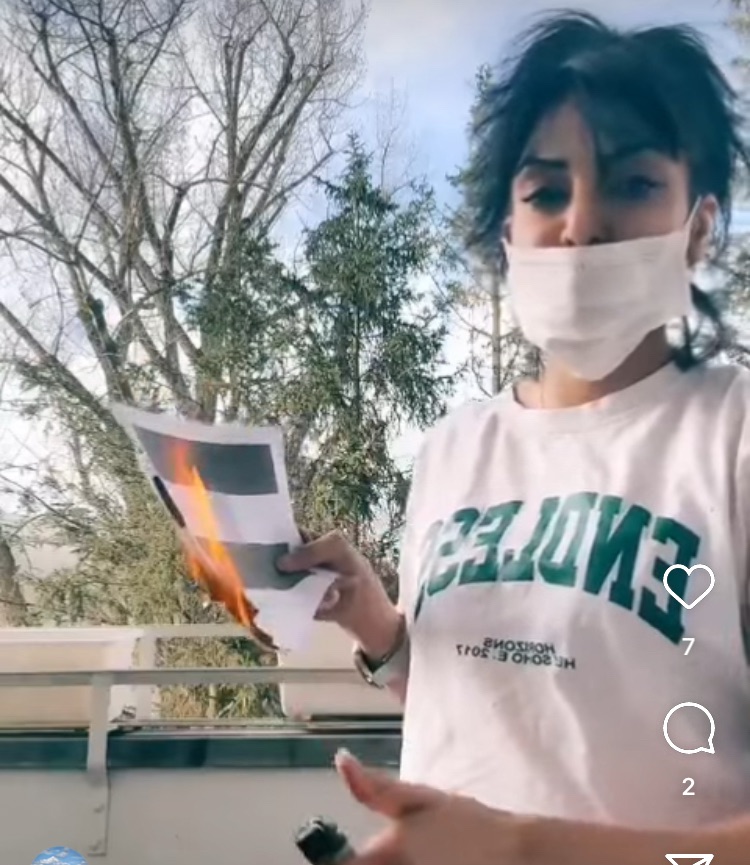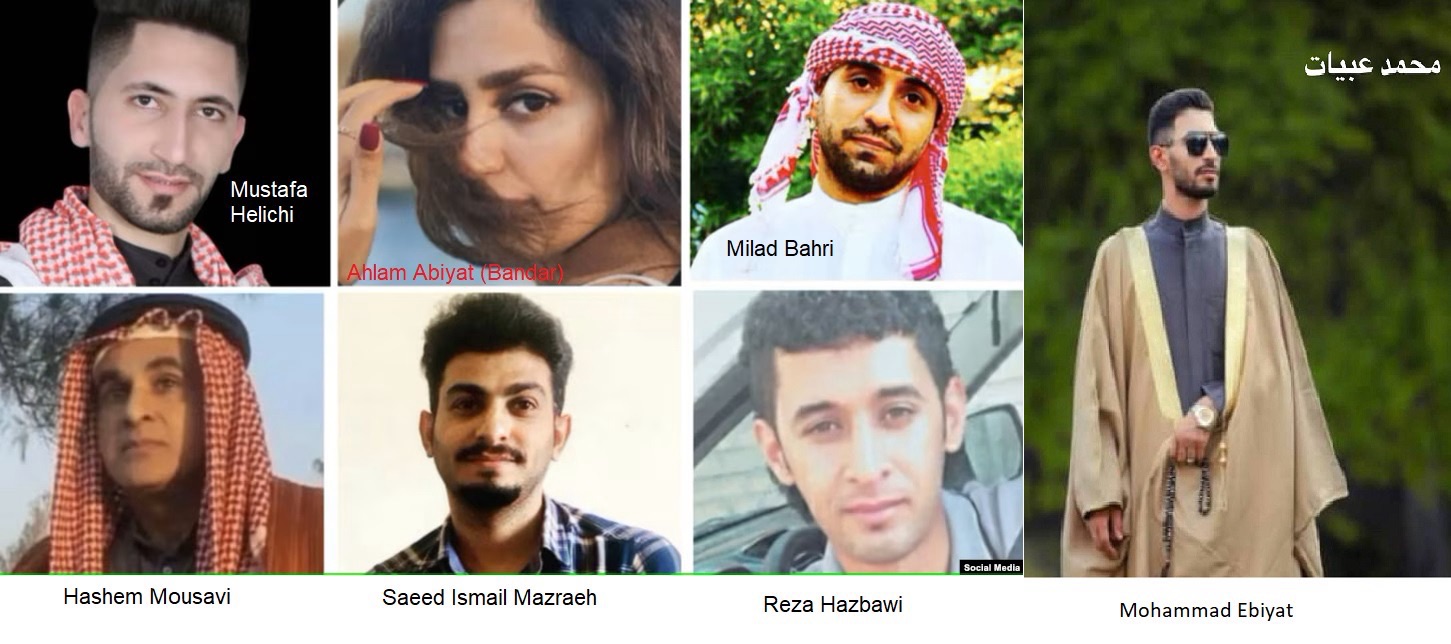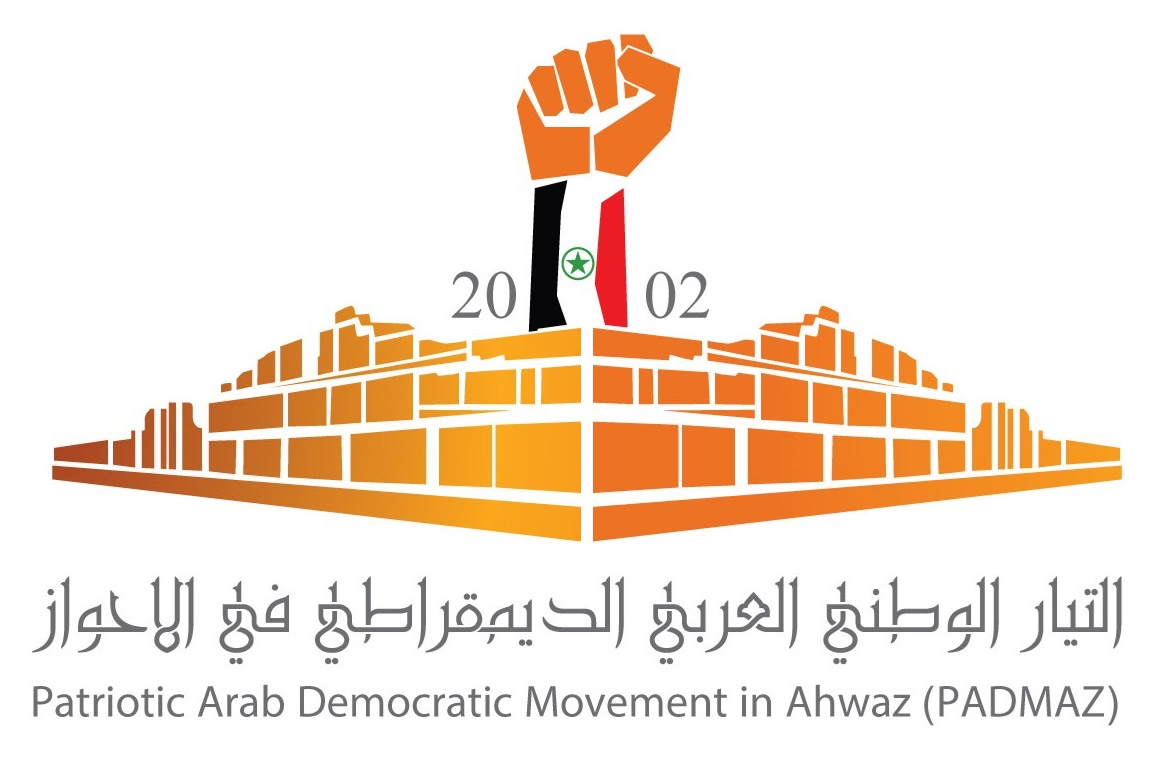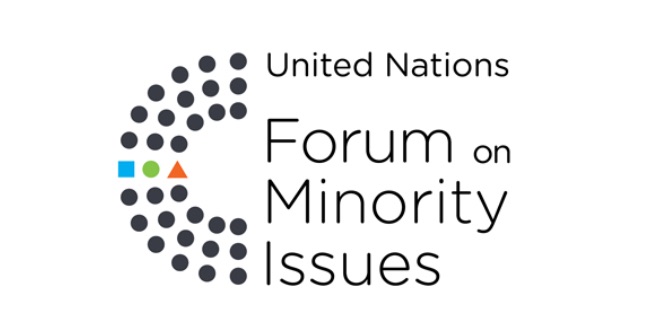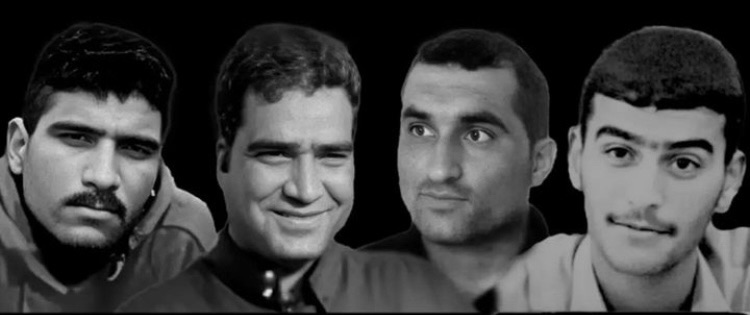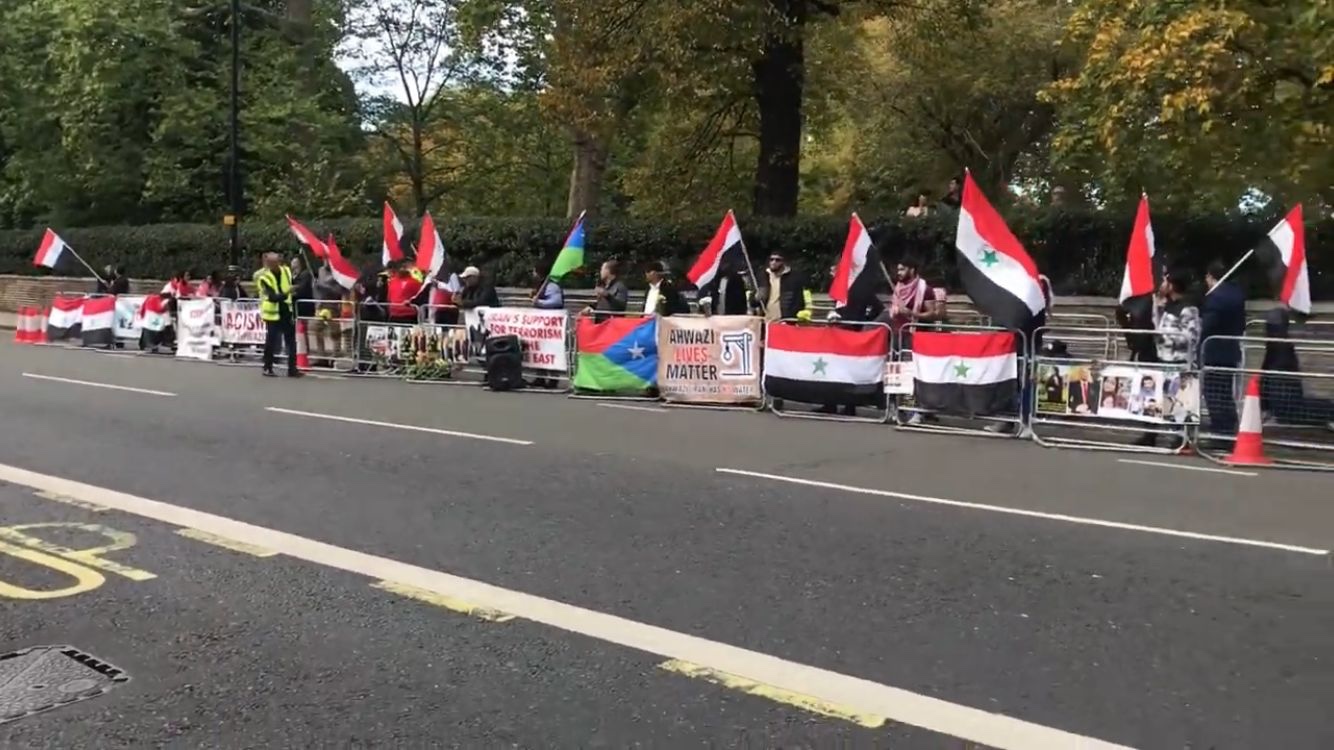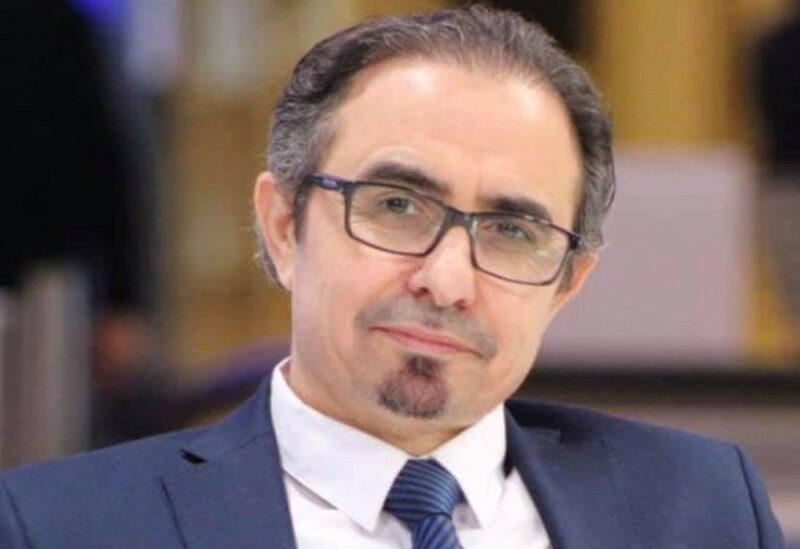Systematic policy against Ahwazis
Iran and Obscurities of the Demographic Distribution in Ahwaz – Part 2
The policy of the Iranian regime towards different nations in Iran in general and Arab people of Ahwaz in particular -after the direct military occupation-, was and still is systematic at various levels. These racist inhumane policies aimed at the political, cultural, social and economic structures of this nation. Their objective is melting this people in the Persian crucible through obliterating their Arab identity, which is represented in the language and national culture, and eventually uprooting them of their Arabian roots and of the land they lived and took root in for thousands of years. Such policy was always systematized and applied by the political authority in Tehran.
This policy began with the occupation of Ahwaz, and Reza Shah Pahlavi put the first building blocks of it by granting the Arab’s lands to the military men of Persia, and the men of politics, administration and security. Moreover, he withdrew the ownership of the remaining lands from the Arab farmers and gave them to Natural Springs Foundation in order to facilitate the confiscation of those lands in the studied future steps. He also displaced hundreds of thousands of the farmers and citizens to the central parts of Iran, Iraq and the Gulf states.
This policy was continued by Mohammad Reza Pahlavi, the son, and it became even more brutal because of the Persian racial orientation and its hatred against Arabs. Through the land reform policy in the sixties of last century, specifically in 1963, and under the title of agrarian reform and white revolution, hundreds of thousands of agricultural lands were confiscated and then entitled to the Persian settlers. The first of these was the project of sugar canes, which inaugurated in that period on the ruins of dozens of Arab villages in Ahwaz.
Those criminal policies culminated after the arrival of the clergy to the power, specifically after the end of the Iran-Iraq war. The nature of the ideological composition of this government had the prominent role in the development of the vicious circle of this policy which comprises the terms of sectarian extremism, historical hatred, and the Persian racism and hostility against all that is Arabic.
The strategy of this policy was codified under the rubric of the demographic distribution under the circular issued by the Supreme National Security Council headed by Hashemi Rafsanjani, under the number 971 \ 2 b -3416 and the date 14. 04. 1371 Hijri- that is 1992.07.05- and also the circular issued by the Office of Mohammad Khatami as the General Secretary of the Supreme National Security Council, number 27686 \ 12 and the date 01.05.1377 – that is 1998.07.23.
Results of some of those racist policies
– Confiscation of more than 70 thousand hectares of agricultural lands in areas such as Al-Shuaibia, Al-Minaw, Susa and northern parts of Ahwaz to the advantage of companies the most important of which are Iran Cultivation and Manufacture Company – Iran and America Cultivation and Manufacture Company – California Company, DezKar Company, Shell Company, Klassno Company and other American and Israeli companies during the reign of Mohammad Reza Shah.
– After the success of the Iranian revolution, more than 135 thousand hectares of lands belonging to Ahwazi farmers in southern part of Ahwaz city and northern part of cities of Muhammara and Abbadan and on both sides of Karoun river have been confiscated. These lands are of the most fertile agricultural lands in Ahwaz, and they all were confiscated with the pretext of setting up the Sugar Canes Project, while the companies instituted on this project belong to the men of the Iranian government and the ruling denominational Safawi institution in Iran.
– Confiscation of 47 thousand hectares of Ahwazi Arabs’ lands for the purpose of setting up the project of the disabled of Iraq-Iran war in Jufair near to the Iraqi-Iranian borders.
– Confiscation of more than 25 thousand hectares of Arabs’ lands for the purpose of setting up the project of fish farms in south of the Ahwaz city. These lands were granted to the Persian settlers who were of the newcomers to the territory.
– Confiscation of more than 100 thousand hectares of lands in the east of the Huwaiza town extending to the north of Al-Muhammara city under the pretext of military maneuvers of the 92 Army, and very obviously the whole of that area is an agricultural land. Several Arab villages there were inhabited by thousands of Arabs who were finally displaced from their lands by force.
– Confiscations of thousands of hectares of agricultural land in cities of Al-Khafajiya, Al-Huwaiza and Al-Besitin under the pretext of developing the Azadegan oilfields which extend to the Majnoun oilfields in southern Iraq; Japanese companies oversee this project.
– Confiscation of more than 6 thousand hectares of agricultural land in the city of Susa, and granting them to the military men of the Revolutionary Guard and Ghods Forces. This project is called the settlement of the clergy in the north and northern-east of Ahwaz province. The confidential document of this project eventually leaked out. The document is called the Sardar Rasheed document; and Sardar Rasheed Is one of the senior commanders of the Revolutionary Guard and Ghods Forces.
– In addition, there is the entire demolition of Arabian areas and displacing thousands of Ahwazis under the systematic policy with the purpose of turning the demographic distribution in Ahwaz, such as the demolition of Sepidar neighborhood in the city of Ahwaz in 1998 and displacing the people of this district who are mostly of the lower economic class.[2]
– Beside the policy of land confiscation, a parallel policy against Ahwazis is being practiced by Iranian government which is not less vicious and racist than the former, and that is perverting the main river courses in Ahwaz such as Karoon, Al-Karkha, Al-Jarrahi and other rivers, and stealing the water and pumping it into central Persian areas such as Isfahan, Yazd, and Kerman for the purpose of irrigation. This happens while they deprive the Arab farmers of these waters and make their fight for living more difficult and more frustrating. Moreover, periodically they fabricate floods through the dams that have been constructed for this purpose, in order to demolish the infrastructure of Ahwazi villages, and consequently facilitate the displacement of Arab people and confiscation of their agricultural lands and demolition of Arabian villages and countryside of Ahwaz.
The purpose of all this is the displacement of the farmers from their villages and systematic destruction of their economy and their enrolment in suburban marginalized areas, that are called ”the Arab belt of poverty”; and then besiege of the Arab towns with Persian settlements and towns that have been established for this purpose and there are dozens of them, such as “Shirin Shahr” Settlement in the south of Ahwaz city, in the midst of the villages that have been destroyed for The Sugar Cane Project and fish farms. This settlement is designed for more than ninety thousand people as a first step to be widening. There is also the giant “Ramin” settlement in the north of Ahwaz city, which is built for more than one million settlers from the Persian newcomers to the Territory.
Marginalization of “the Arab belt of poverty” is a deliberate and planned process, where poverty, addiction, crime, and all kinds of structural imbalances at the level of cultural, social, and economic structures spread widely. Living on the margins of the society is a normal secretion of these inhuman policies. Of the most important implications of this policy are the environmental disasters, water pollution, increasing salinity in the land, environmental pollution and spread of infectious diseases, and all these complications are mentioned in the report submitted by ”Milan Kothari”, United Nations’ envoy to the province, less than three years ago. In this report he describes these policies as catastrophic for the indigenous Arab people of Ahwaz.
Continuing…

